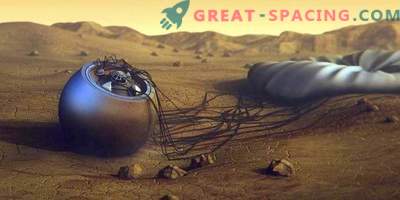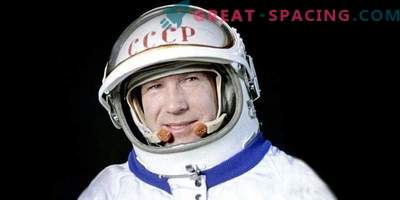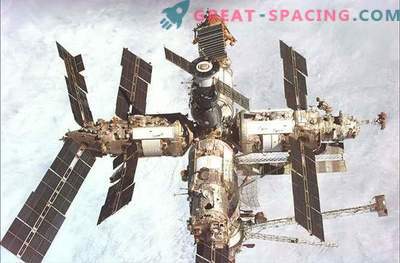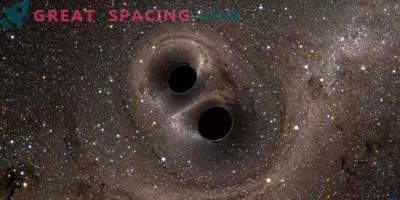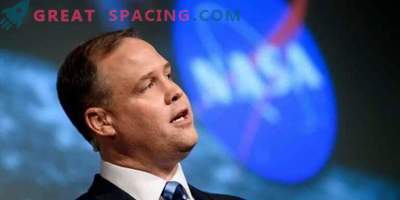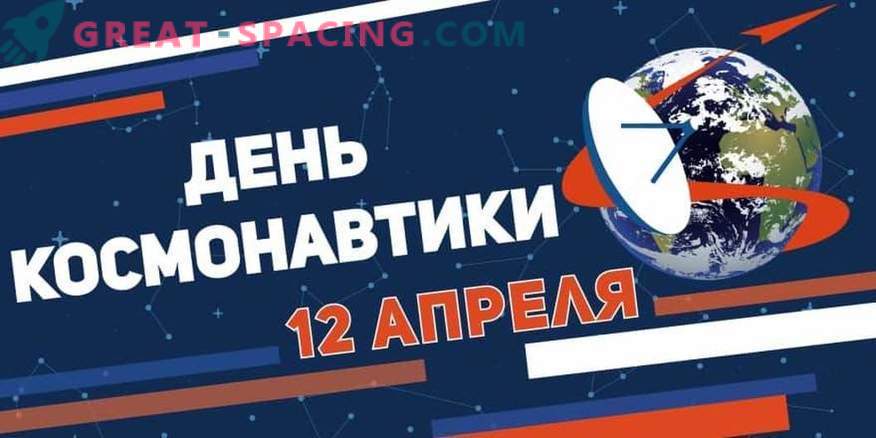
On April 12, we will be able to celebrate one of the most important astronomical holidays - Cosmonautics Day. This is the date that marked the first manned flight into space. However, during the space race, the USSR managed to achieve superiority in other missions. Let's remember a few important examples today.
First satellite
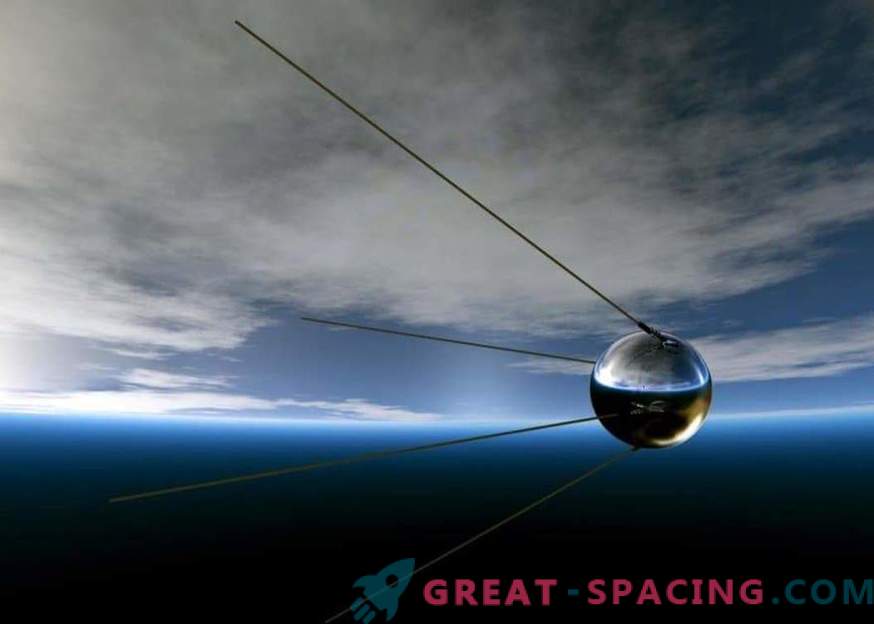
The Soviet satellite Sputnik-1, launched in 1957, became the first artificial satellite of the planet. It was the simplest spherical mechanism (diameter - 58 cm, and weight - 83.6 kg). Sputnik-1 performed 1440 revolutions around the Earth, having spent 92 days on it. The day of its launch (October 4) is considered the start of the space age.
The Other Side of the Moon
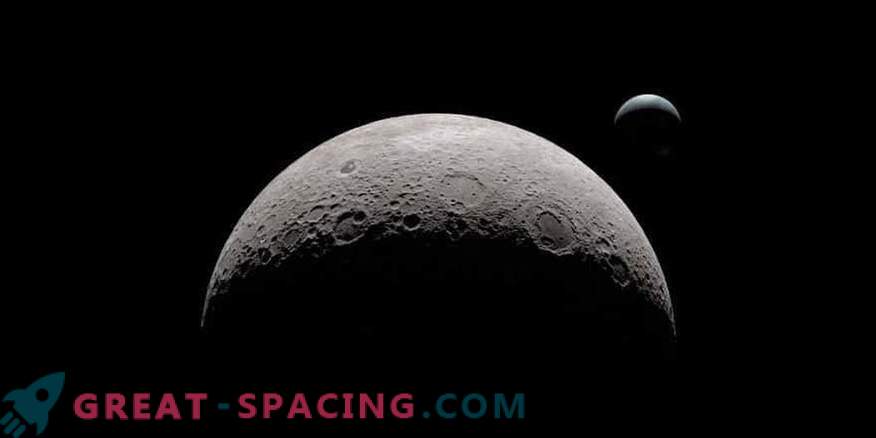
For the first time, humanity was able to admire the dark side of the moon on October 7, 1959 (the first photo). This was made possible by the Soviet automatic station Luna-3. Its main goal is the study of the earth satellite and space. But in this mission we managed to set another record - the first gravitational maneuver.
First cosmonaut

It was the successful flight of Yuri Gagarin into space on April 12, 1961 that became the cause of the Day of Cosmonautics. It is considered one of the most important achievements, proving that man is able to survive outside the home planet. Gagarin was launched from the Baikonur cosmodrome in the Vostok-1 spacecraft. He also holds the record for the first orbital flight around the Earth.
First female cosmonaut
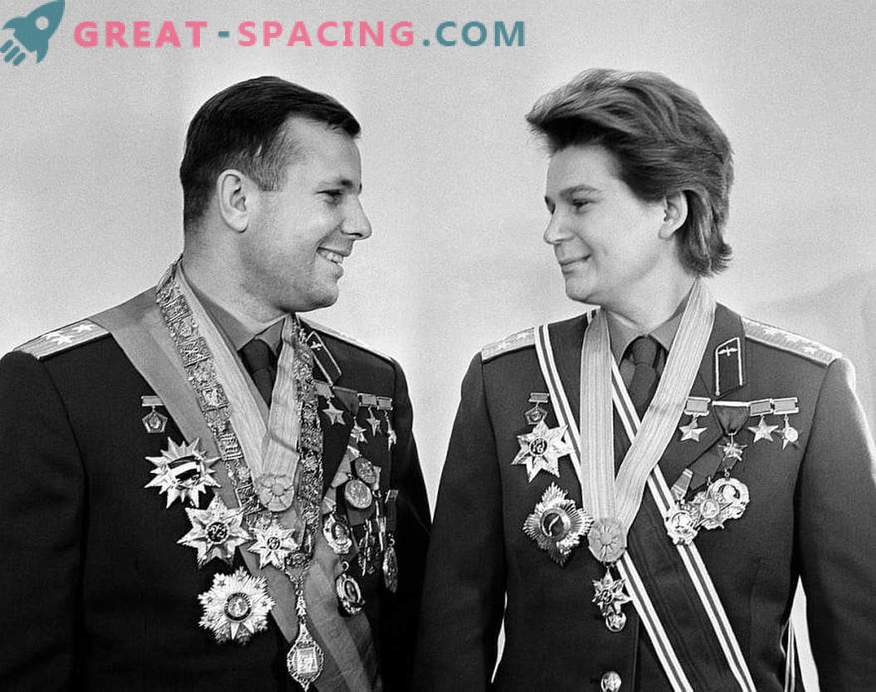
This honor in 1963 went to Valentina Tereshkova. Her flight in the spacecraft Vostok-6 lasted about 3 days. She managed to perform 48 rotations around the Earth, as well as send pictures of the horizon. Her call sign during the flight is “The Seagull”. By the way, Tereshkova is considered the only woman in the world to go into outer space alone.
First space walk

This feat was accomplished in 1965 by Alexey Leonov, who launched on the Voskhod-2 spacecraft. He stayed in outer space (outside the ship) for 23 minutes and 41 seconds. This experience could end in tragedy, since the spacesuit swelled and could not squeeze into the gateway. Details will be found in the article “Alexey Leonov's feat: how the first space walk ended.”
First unit on Venus
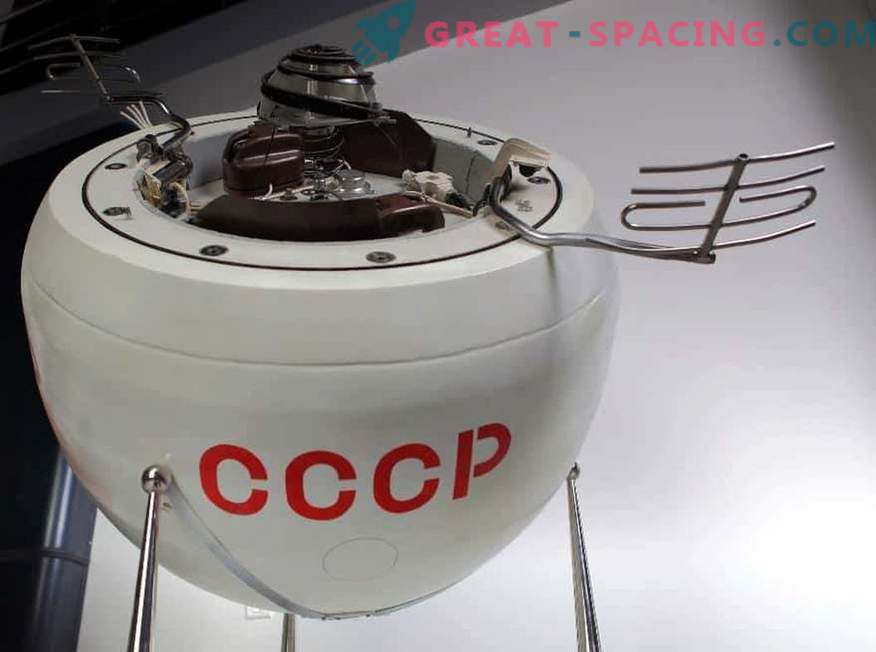
The Soviet space program dreamed of landing on Venus. In 1966, it was possible to make the Venus-3. Inside the metal sphere (with a diameter of 0.9 m) there was a pennant with the emblem of the USSR. In the future, Soviet experts will also set a record for the duration of the operation of the apparatus on the surface of Venus. Record in 1981 broke the unit Venus-13 with a figure of 127 minutes! It still holds (for other ships, find out in the article “How long will the new Russian ship work on Venus?”).
First moon satellite
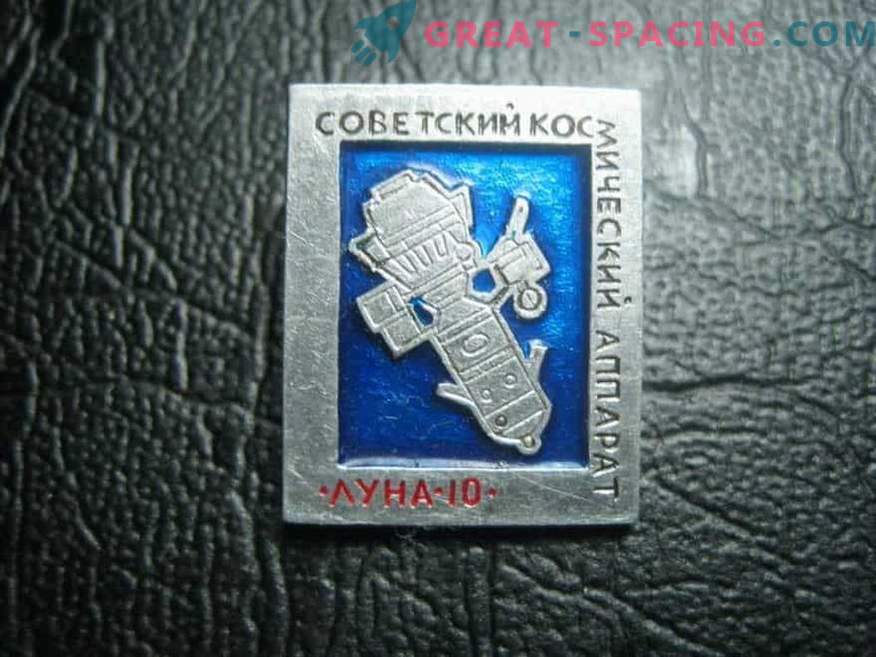
Yes, again the USSR. In 1966, the first satellite in the form of the Moon-10 appeared at the earth satellite. He has 460 revolutions in orbit around the Moon and 219 communication sessions with the earth control point.
First space walk, performed by a woman
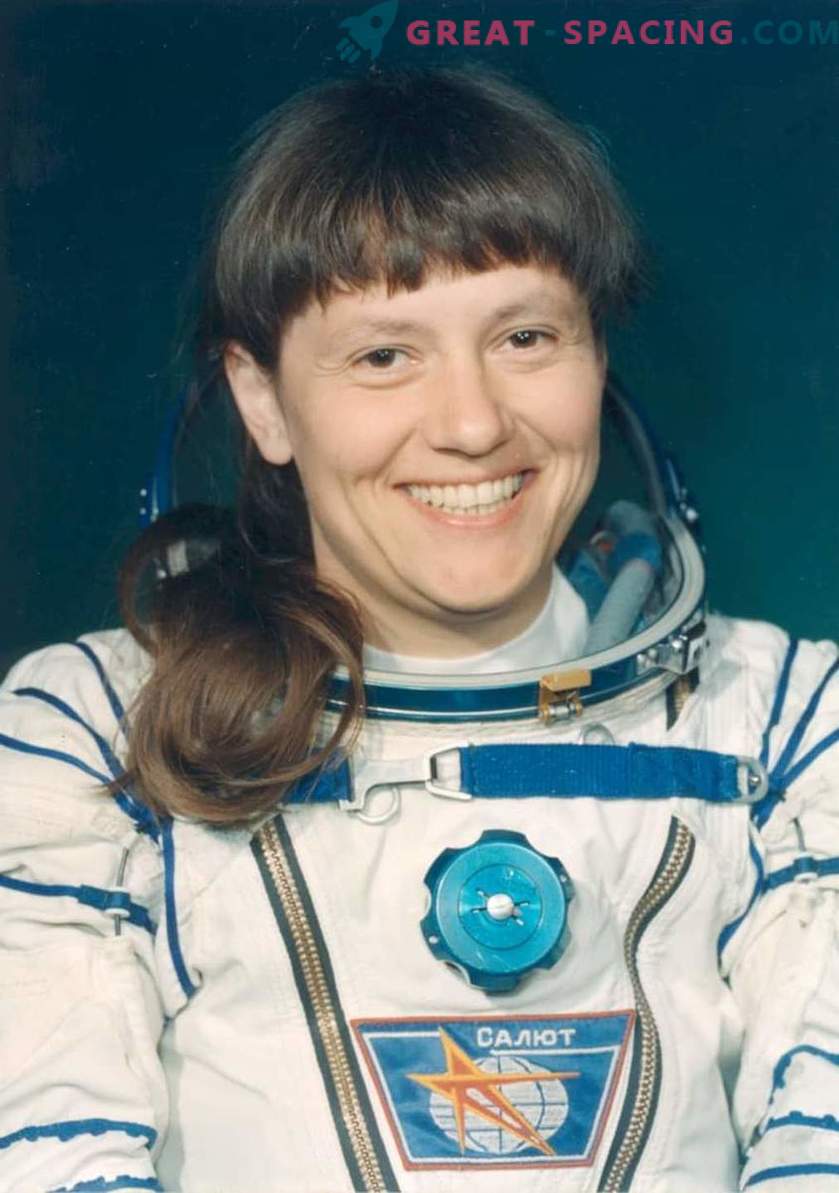
In 1984, Svetlana Savitskaya went to the Salyut-7 orbital station, where she performed a spacewalk. Twice she received the title of Hero of the USSR.
Postscript
This is only part of the primacy and records set by the USSR in the process of space exploration. Let's not forget about the first animals in space, the first docking in orbit, the first remotely controlled vehicle on the Moon, the first orbital station, etc.
We congratulate everyone on Cosmonautics Day and wish not to forget about the high bar that was set by the previous generation. Let's hope that today there are enthusiasts who will continue to explore space and open for us the mysteries of the universe.

